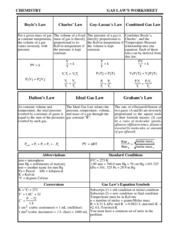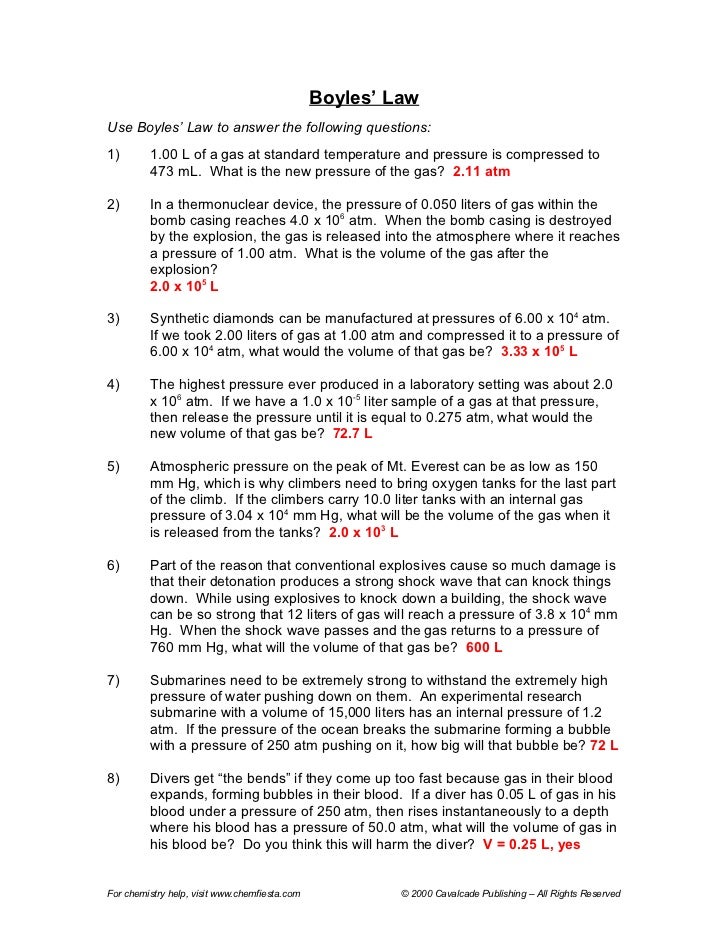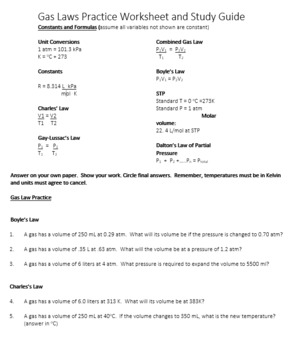12 The Gas Laws Worksheet Answers. Boyle s Law Charles Law Guy-Lassac's Law Combined Gas Law For a given mass of gas at constant temperature, the volume of a gas varies inversely Gas Laws Some chemical reactions take place in the gas phase and others produce products that are gases. States that the volume of a fixed amount of gas held at a constant temperature varies States that the volume of a given mass of gas is directly proportional to its kelvin temperature at constant Other sets by this creator.

Choose the answer that best fits the question.
You did not read Combined Gas Law Worksheet Answer Key ePub, then you will suffer huge losses. because this Combined Gas You can download this Free Combined Gas Law Worksheet Answer Key Download here, download as PDF, Kindle, ePub, iPhone, Mobi, iTunes dan etc and store on your.
The gas laws are a group of laws that govern the behaviour of gases by providing relationships between the temperature, moles, volume and pressure associated with a gas. We need a way to measure the quantity. Part of the reason that conventional explosives cause so much damage is that their detonation produces a strong shock wave that can knock things down.








